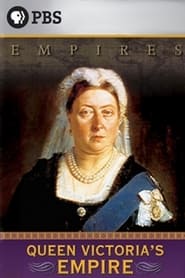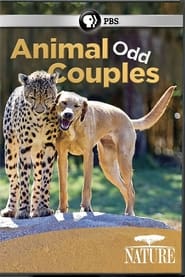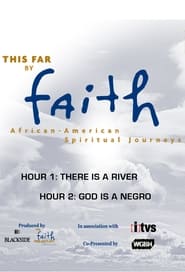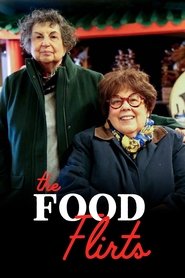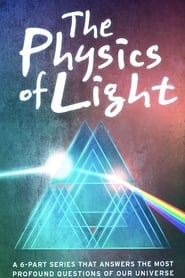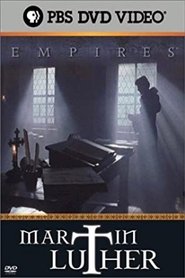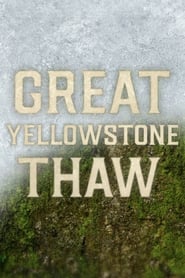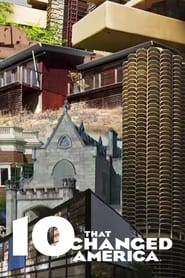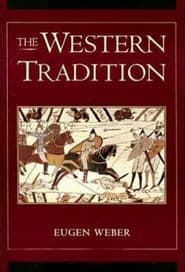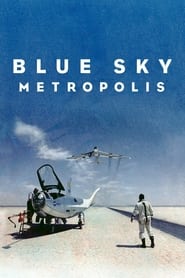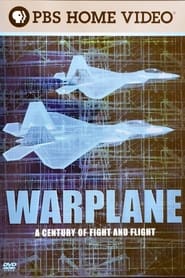Pbs TV Series - Page 23
-
Pati's Mexican Table
2011
star 5.5The three-time James Beard award-winning and Emmy nominated TV series “Pati’s Mexican Table” brings authentic Mexican flavors, colors, textures and warmth into your home. Pati Jinich is a former policy analyst, focused on Latin American politics and history, turned chef, cookbook author, and TV host whose true passion lies in sharing the tastes of her childhood and culinary adventures in her native country. In each episode, Pati embarks upon an exciting and entertaining journey, where each dish serves as a point of departure into Mexico’s rich history and culture, Pati’s personal experiences, her family life, and her ongoing conversations with cooks in both Mexico and the US. -
Queen Victoria's Empire
2001
star 7.7At the time of Queen Victoria’s birth in 1819, England was an agrarian society. Within a few short decades, this small island nation would be transformed into an industrial superpower, with an empire spanning the globe. -
Fred Astaire
1980
-
Maigret
0000
Maigret
0000
Jules Maigret is a rising star in the Police Judiciaire, relentless in his investigations, with an uncanny ability to get under the skin of the criminals he is chasing and a matchless knowledge of Paris and its inhabitants -
The Pacific Century
1992
The Pacific Century
1992
The Pacific Century was a 1992 PBS Emmy Award winning ten part documentary series narrated by Peter Coyote about the rise of the Pacific Rim economies. Alex Gibney was the writer for the series, and Frank Gibney, his father, wrote the companion trade book, The Pacific Century: America and Asia in a Changing World. The companion college telecourse, Pacific Century: The Emergence of Modern Pacific Asia, was written and edited by Mark Borthwick. The series was a co-production of the Pacific Basin Institute and KCTS-TV in Seattle. Principle funding was provided by the Annenberg Foundation. -
Animal Odd Couples
2013
star 5Wildlife biologist Liz Bonnin sets off on a worldwide journey of discovery to find out why animals of different species make friends with each other, and even with humans. -
This Far by Faith: African-American Spiritual Journeys
2003
Celebrate the triumph of the African-American religious experience through the last three centuries. From the arrival of the early African slaves through the Civil War, Reconstruction, Jim Crow, the Great Depression, the Civil Rights Era, and into the 21st Century, explore the epic struggle of a people whose faith was continually tested, and how that faith became a force for social change that helped transform America socially, politically and culturally. -
The Food Flirts
2017
The Food Flirts
2017
Meet the Brass Sisters a.k.a. THE FOOD FLIRTS! Two passionate food explorers of a certain age on a mission to tackle their culinary bucket list...one bite at a time! In each episode, the ladies 'flirt' their way into chefs' kitchens to discover two ethnically unique and delicious delights, then head home to experiment and create cross-cultural culinary mash-ups to tantalize your taste-buds! Food, fun, flirting and friendship are always on the menu! -
Chicago Tours with Geoffrey Baer
2001
star 8Explore Chicago, its neighborhoods, and beyond with WTTW host and producer Geoffrey Baer. From the neighborhoods and suburbs of Chicago to the Chicago River and the Boulevards to the foods and history of Chicago to the spaces that changed America, join us to discover the stories behind places near and far. -
The Physics of Light
2015
-
Martin Luther
2003
Martin Luther
2003
Martin Luther’s attack on the all-powerful Catholic Church was a knife to the heart of an empire that had endured for over a thousand years. Nailing his treatise to the doors of the Wittenberg Cathedral, this previously obscure German monk changed the world forever, unleashing forces that plunged Europe into war and chaos. But Luther would do more than revolutionize the Church, he offered the Christian world a new vision of man’s relationship with God and, in turn, redefined man’s relationship with authority in general. -
Great Yellowstone Thaw
2017
star 5.5Journey with Kirk Johnson to Yellowstone, where wolves, grizzlies, beavers and Great Gray owls survive one of the greatest seasonal changes on the planet. As the temperature swings 140 degrees, cameras capture how the animals cope. -
10 That Changed America
2013
Host Geoffrey Baer takes viewers across the country to the places that changed America. -
Cooking in Concert
0000
Cooking in Concert
0000
In these three specials, Julia Child joins Jacques Pepin and Graham Kerr, both best selling cookbook authors and popular television cooks, to share the stage and stove as they cook and teach a studio audience. -
A Lion in the House
2006
star 7.4Five families struggle with the ups and downs of cancer treatment over the course of six years. -
The Western Tradition
1989
Covering the ancient world through the age of technology, this illustrated lecture by Eugen Weber presents a tapestry of political and social events woven with many strands — religion, industry, agriculture, demography, government, economics, and art. A visual feast of over 2,700 images from the Metropolitan Museum of Art portrays key events that shaped the development of Western thought, culture, and tradition. -
Blue Sky Metropolis
2019
Blue Sky Metropolis
2019
Four-part documentary miniseries showcasing a century of aerospace in Southern California and exploring the intersection of aerospace and Southern California from multiple perspectives. -
The Contenders: 16 for '16
2016
Revisit the most influential presidential campaigns of the last 50 years. From Jesse Jackson’s groundbreaking 1984 and 1988 campaigns to Barry Goldwater’s 1964 campaign that launched of a brand of conservatism that influenced both Ronald Reagan and Hillary Clinton. -
Warplane
2006
Warplane
2006
The warplane has evolved over nearly a century to become what it is today, in 2004. This series is the story of how, through life-and-death necessity, invention, ingenuity and sheer hard work that warplane technology evolved. The Warplane series is not a history of every military plane but rather a look at the major stepping stones that advanced military aviation.

